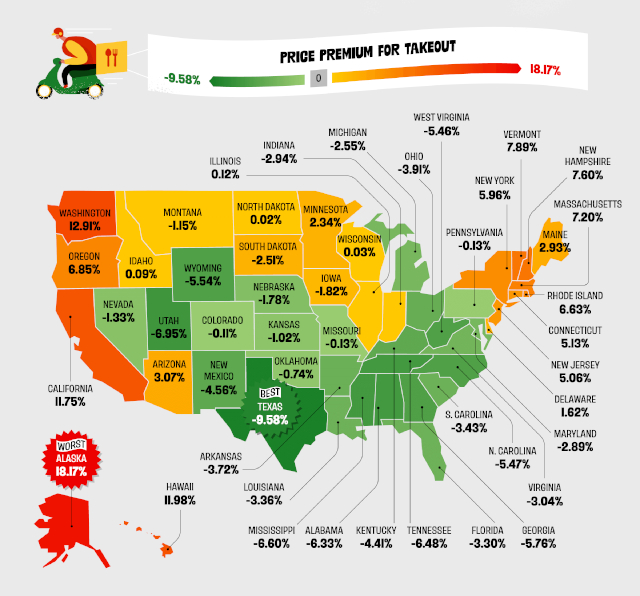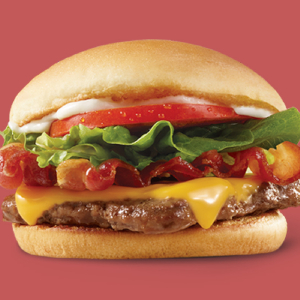It can be maddening. You go to a Fast Food chain website and get all the juicy details about their menu items. Except the price. Because prices can vary by more than 30 percent! But there are good reasons Fast Food prices differ so widely…

By that, we mean that different locations in the same chain will charge different prices for the same menu items. Fast Food brands’ core menus are identical across the land. That’s what scientists call a ‘control’ on an experiment. So, you can make a direct comparison between menu item prices.
According to the New York Post, “McDonald’s […] reported that its revenue was up 14 percent in the latest quarter — a surge the burger giant said was driven by ‘strategic menu price increases’.”
That’s another name for ‘dynamic pricing’, which is what Wendy’s was preparing shareholders and the nusiness media to embrace during it’s quarterly earnings call a couple of weeks ago. Alas, Wendy’s new CEO misspoke himself, giving his audience the impression that Wendy’s was going to implement ‘surge pricing’. (That’s what UBER Eats does, raising its prices during peak hours.) Wendy’s has since walked back that ‘misperception’, under a cloud of shame.
‘Regional differences’
There are many reasons for regional differences in menu prices. And they relate directly to regional costs of operation.
For a start, utility prices vary considerably from place to place, from towns to cities. They’re a major cost factor for resto owners, who use a lot of big, energy-sucking appliances and run a lot of water.
Taxes, too, are a reality that must not be overlooked. Or minimized. There’s property tax. Taxes on some goods and services resto operators have to buy. License and permit fees. Legal and accounting costs. And that’s just the beginning…
Of course, the cost of supplies continues to rise. And food prices are the biggest concern there. We all know what’s been happening with them. and the first rule of running a restaurant remains: The cost of the food must not exceed 30 percent of the menu price of any item.
And let’s not forget the distance that head-office-mandated supplies have to travel from manufacturers to the restos. That’s overwhelmingly accomplished by truck transport. And we all know how expensive that’s become.
Undoubtedly, the biggest issue in Fast Food pricing these days is employee wages. The minimum wage has been hiked as high as $20 in some jurisdictions in the past few months. And that’s hit all Fast Food operators in affected jurisdictions really hard.
But why so much difference?
Can the factors enumerated above account for the vast regional differences in Fast Food menu prices?
Some say yes. Others say no. But now, there’s national survey that provides hard data on Fast Food menu prices. We can use that as a valid reference for judgements about prices.
NetCredit gathered the data and produced a comprehensive picture of Fast Food prices across the US (see map, above). It shows how much above or below the national average fast food prices are in each state.
The key findings…
- Anchorage (AK) and Honolulu (HI) both pay over 18% more than the calculated national average for takeout food, the toughest break for any U.S. city.
- Hattiesburg (MS) gets the best value takeout food of any U.S. city, at -12.14% below the calculated national average.
- Alaska is the state that pays the biggest premium on takeout food — 18.17% above the calculated national average.
- Texas gets the best deal, paying -9.58% less than the calculated national average for takeout.
My take
Overall… It’s not really fair to blame ‘greedy resto operators’ for rising Fast Food prices. They’re largely constrained – held financially hostage – by conditions over which they have no control.
That leaves the ball in your court. It’s up to customers to decide if they’ll pay higher prices, or stop patronizing Fast Food joints.
~ Maggie J.

